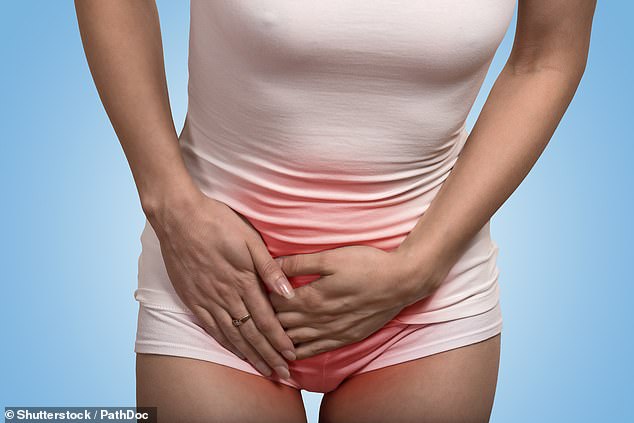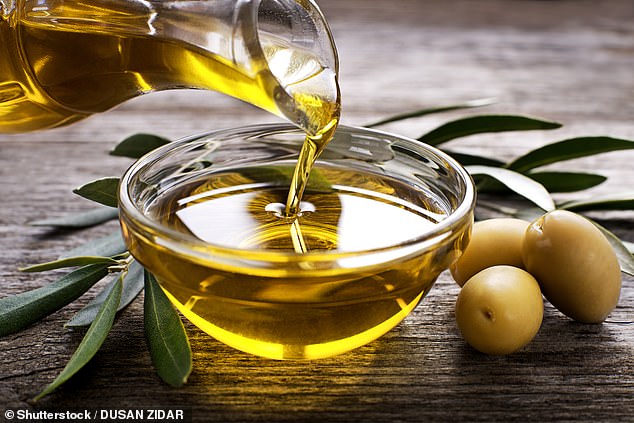A type of fatty acid found in olive oil could be the answer to helping alleviate bacterial vaginosis (BV), which affects around 10 million women in the UK.
Infection can cause burning and itching and is the most common cause of abnormal discharge.
It may also increase the risk of contracting sexually transmitted infections such as chlamydia and gonorrhea due to its effect on women’s ability to fight off other pathogens.
Although it can be treated with antibiotics, BV, which is caused by an imbalance of natural microbes, often recurs.
Now, researchers at the Broad Institute of MIT and Harvard have discovered that oleic acid, a long-chain fatty acid found in abundance in olive oil, could help fight the infection.
Researchers at the Broad Institute of MIT and Harvard found that oleic acid, found in abundance in olive oil, can restore a healthy balance of vaginal microbes in a laboratory model of BV.

According to the NHS, an unusual discharge with a strong fishy smell and a change in the colour and consistency of the discharge, such as becoming greyish white and thin and watery, are common telltale signs of bacterial vaginosis (BV).
The findings, published in the journal Cellshow that oleic acid and several other long-chain fatty acids may have antimicrobial properties.
Fatty acids may prevent the growth of harmful vaginal microbes and promote other species associated with a healthier genital tract.
Researchers say treatments that promote this balance of microbes could be used to help prevent repeat infections in women.
According to the NHS, an unusual discharge with a strong fishy smell and a change in colour and consistency, such as becoming greyish white and thin and watery, are common telltale signs of BV.
The infection, which affects about 29 percent of women worldwide, is not considered a sexually transmitted infection but can be triggered by sexual intercourse.
It is usually treated with antibiotic tablets, gels or creams.
But this causes a type of vaginal bacteria called Lactobacillus iners to become active, creating an environment that is more susceptible to BV recurrence.
“Current treatment methods work about as well as a coin toss, and that hasn’t changed in more than 40 years of medical practice, so new methods are needed to help patients,” said lead author Professor Meilin Zhu, an infectious disease physician at Massachusetts General Hospital.
For her study, Professor Zhu cultured different strains of vaginal bacteria with oleic acid and found that the fatty acid inhibited the growth of harmful Lactobacillus iners bacteria, while promoting the growth of other, healthier strains.
Oleic acid was also found to effectively inhibit other bacteria associated with BV, including some strains resistant to standard antibiotic treatment.
This indicates that oleic acid may be an effective way to restore a stable and healthy microbiome in the female genital tract after BV.
At the Ragon Institute, Doug Kwon, associate professor of medicine at Harvard Medical School and co-senior author on the paper, is working to move this research toward a human clinical trial.
“We believe there is exciting potential to translate these findings to durably alter the vaginal microbiome to improve BV treatment and reduce adverse health outcomes for women globally,” Kwon said.

